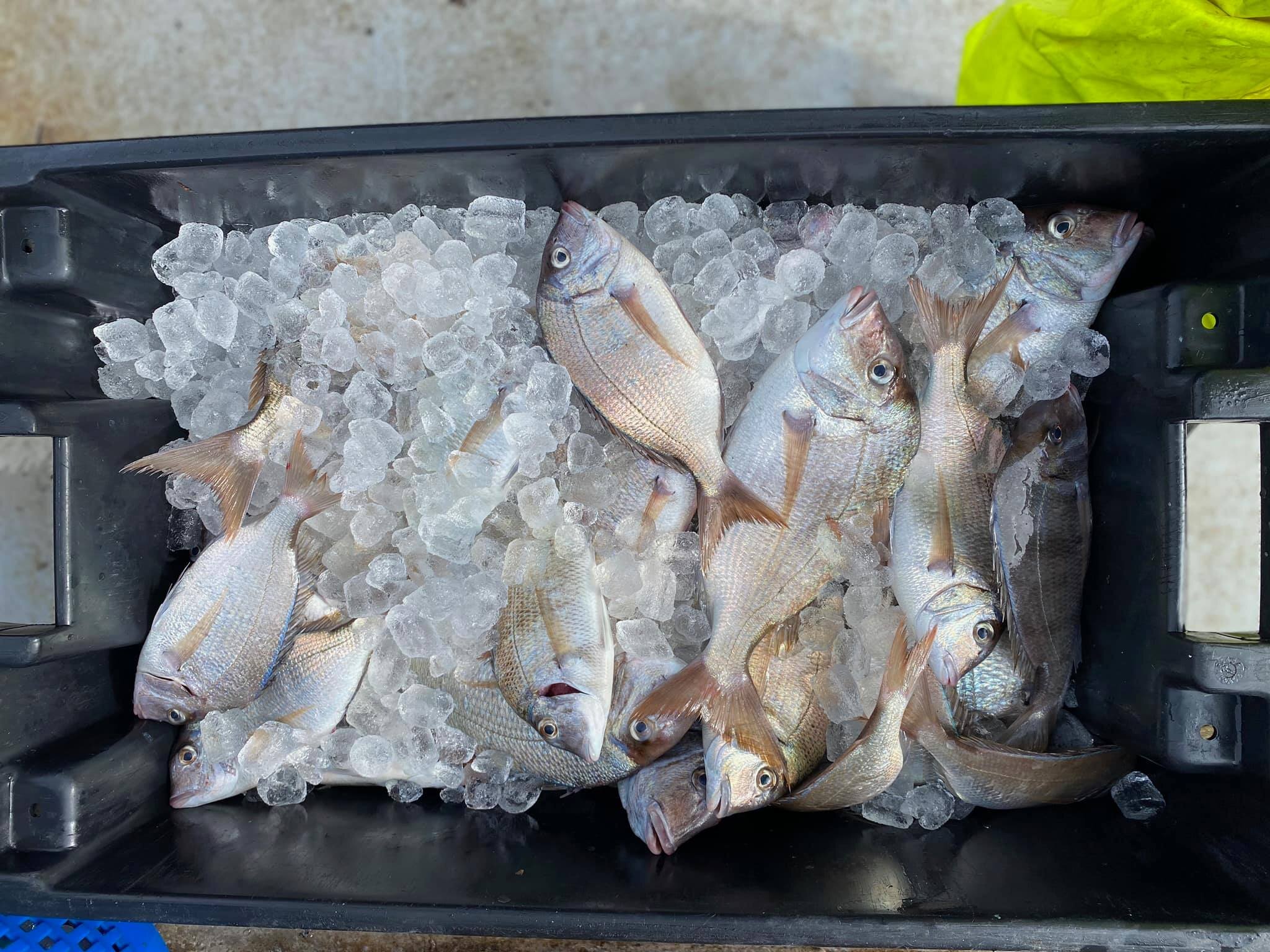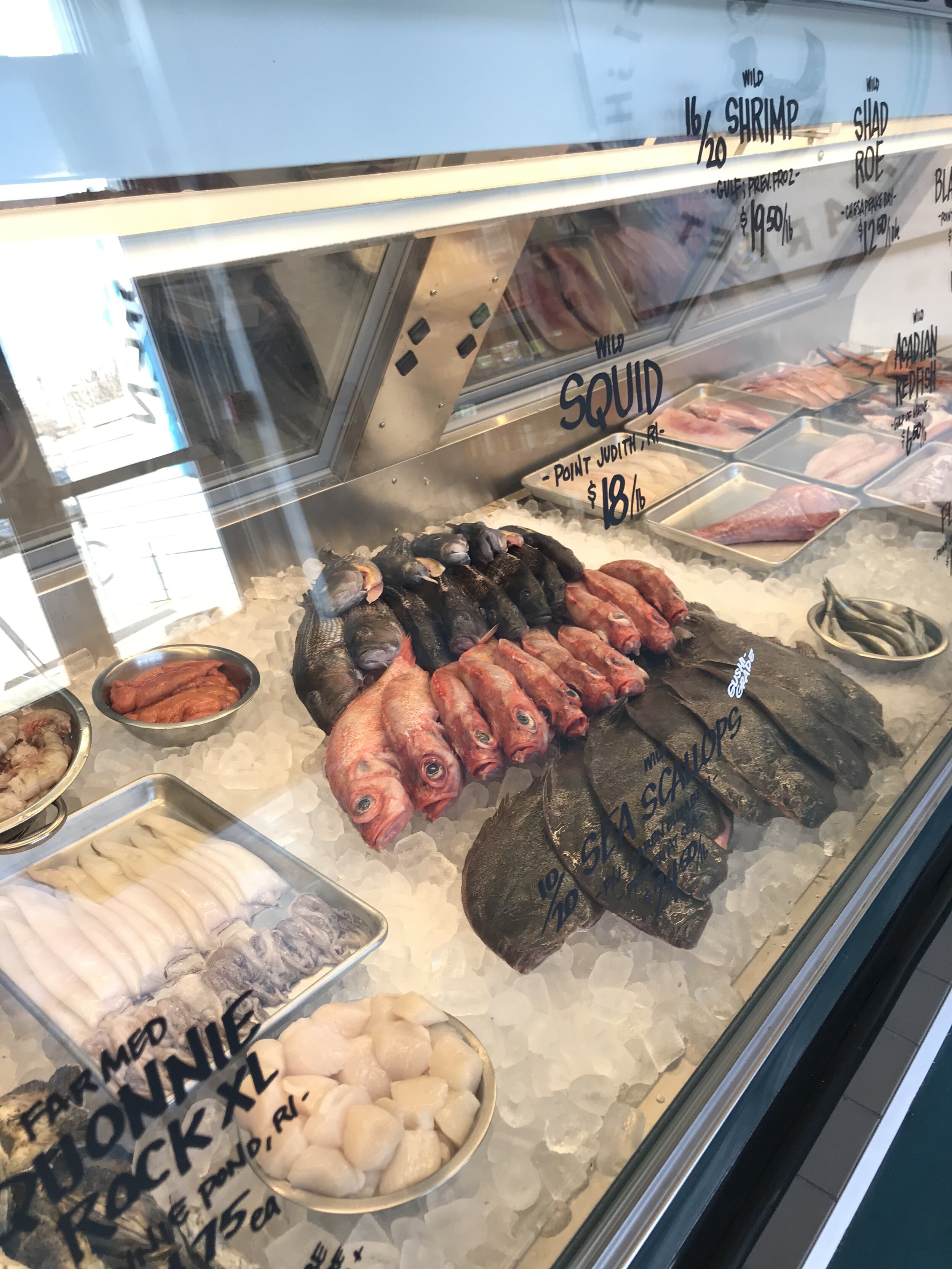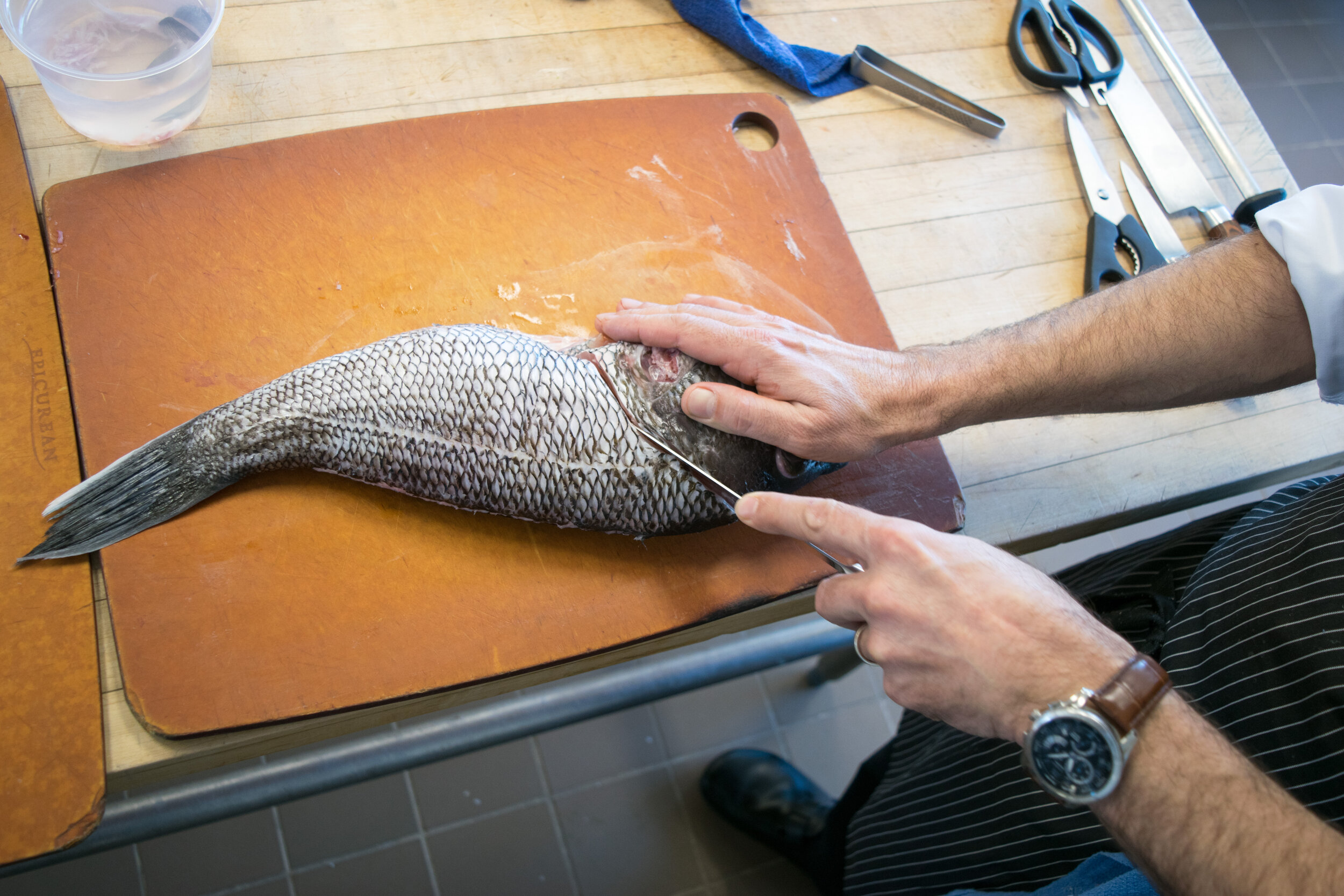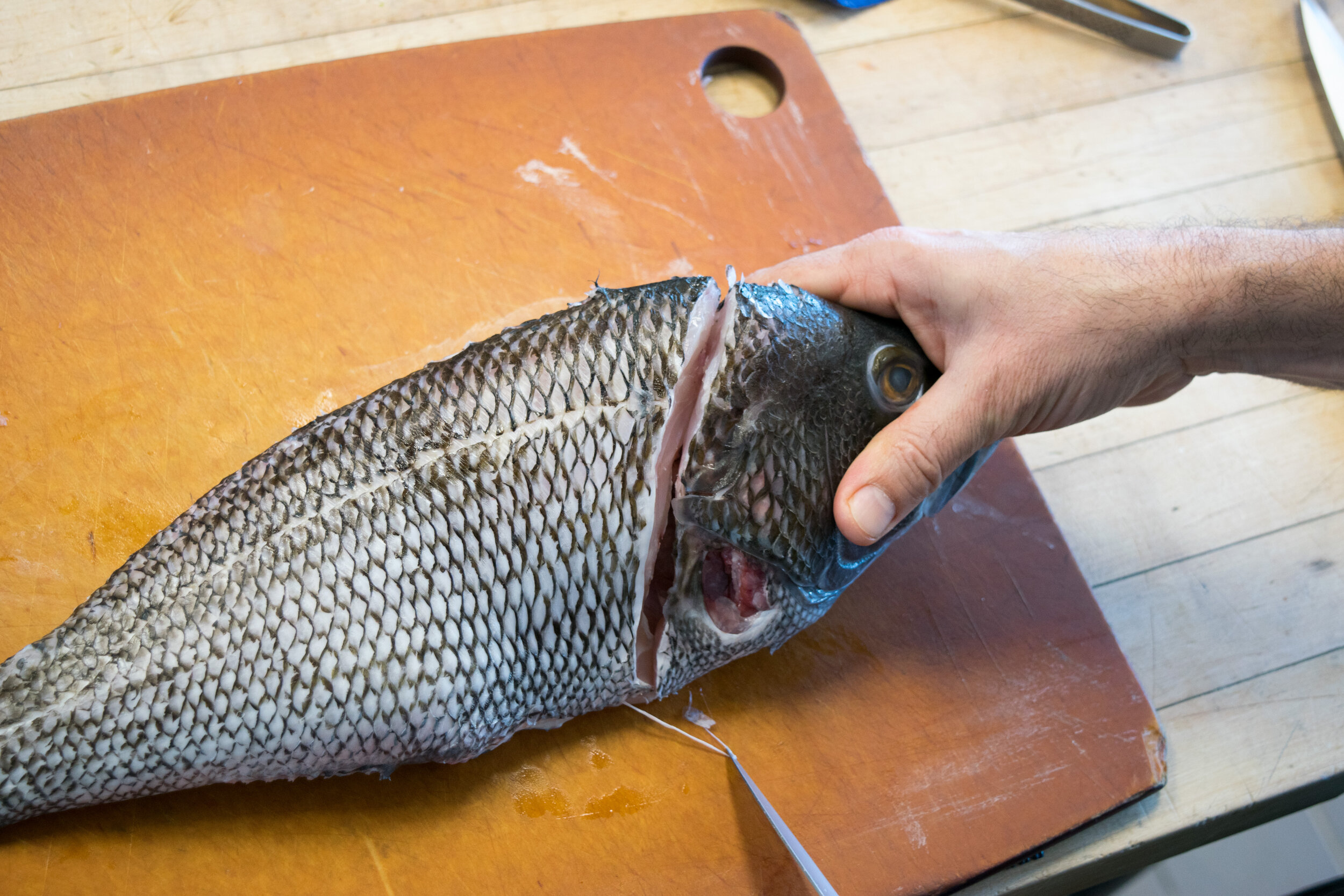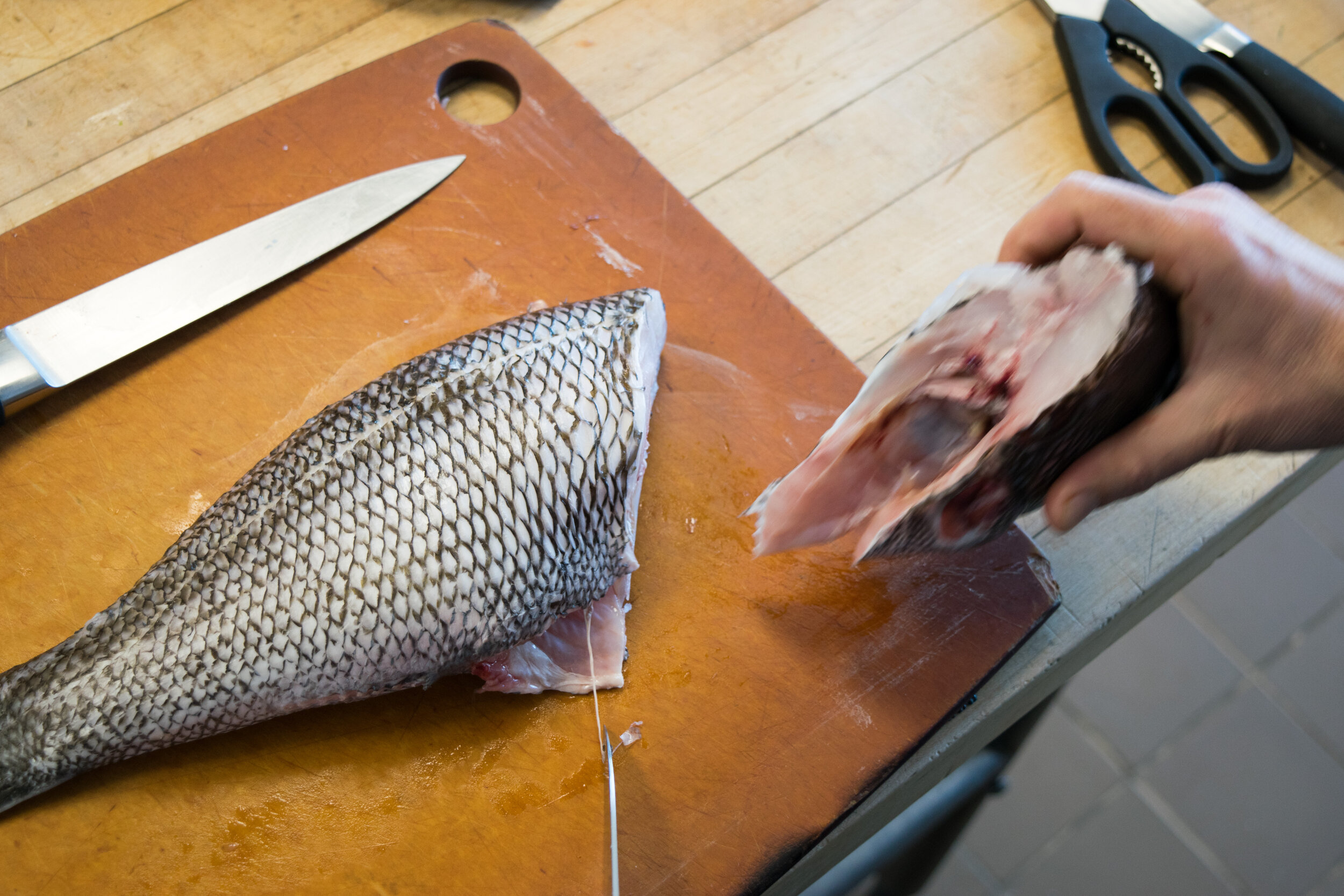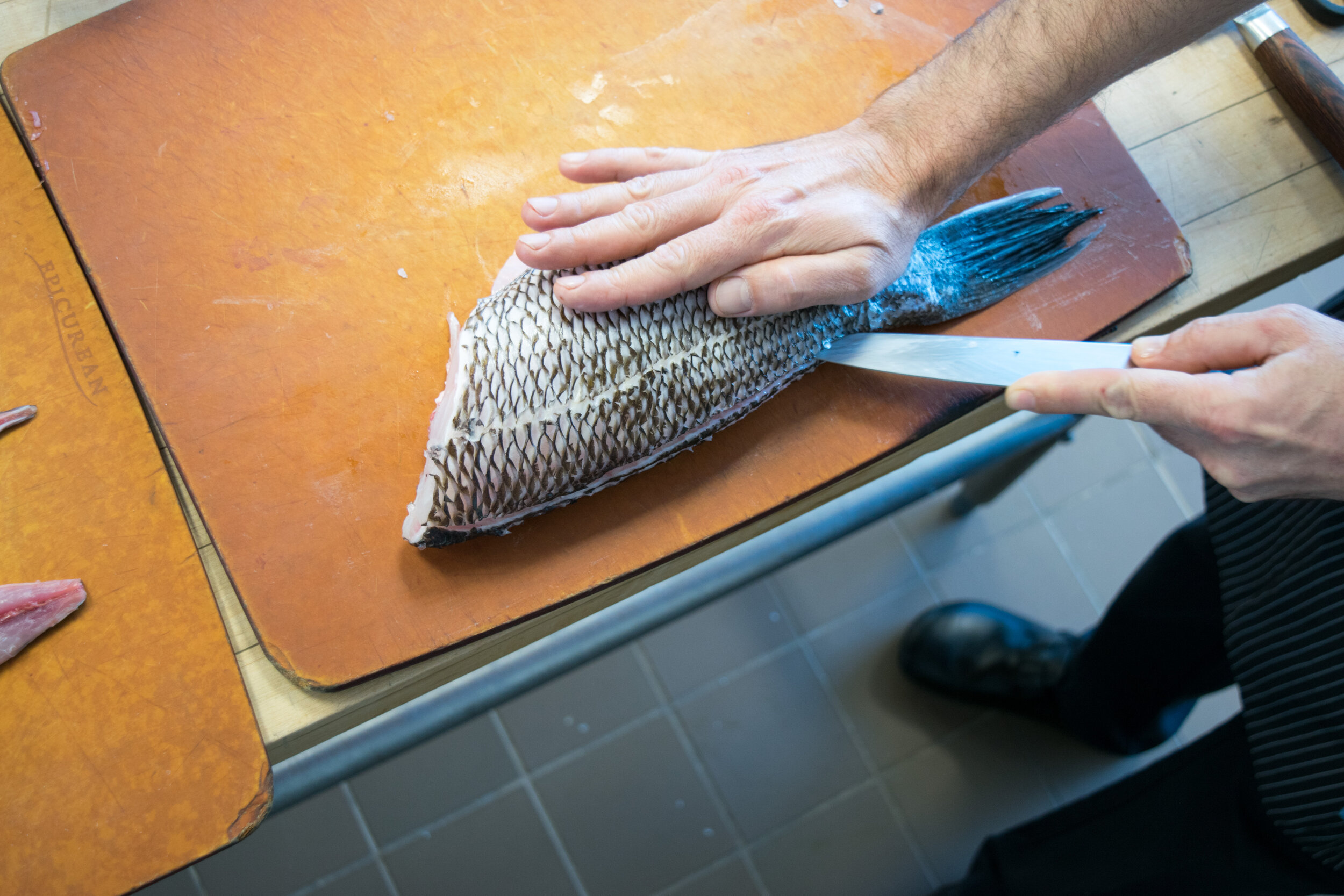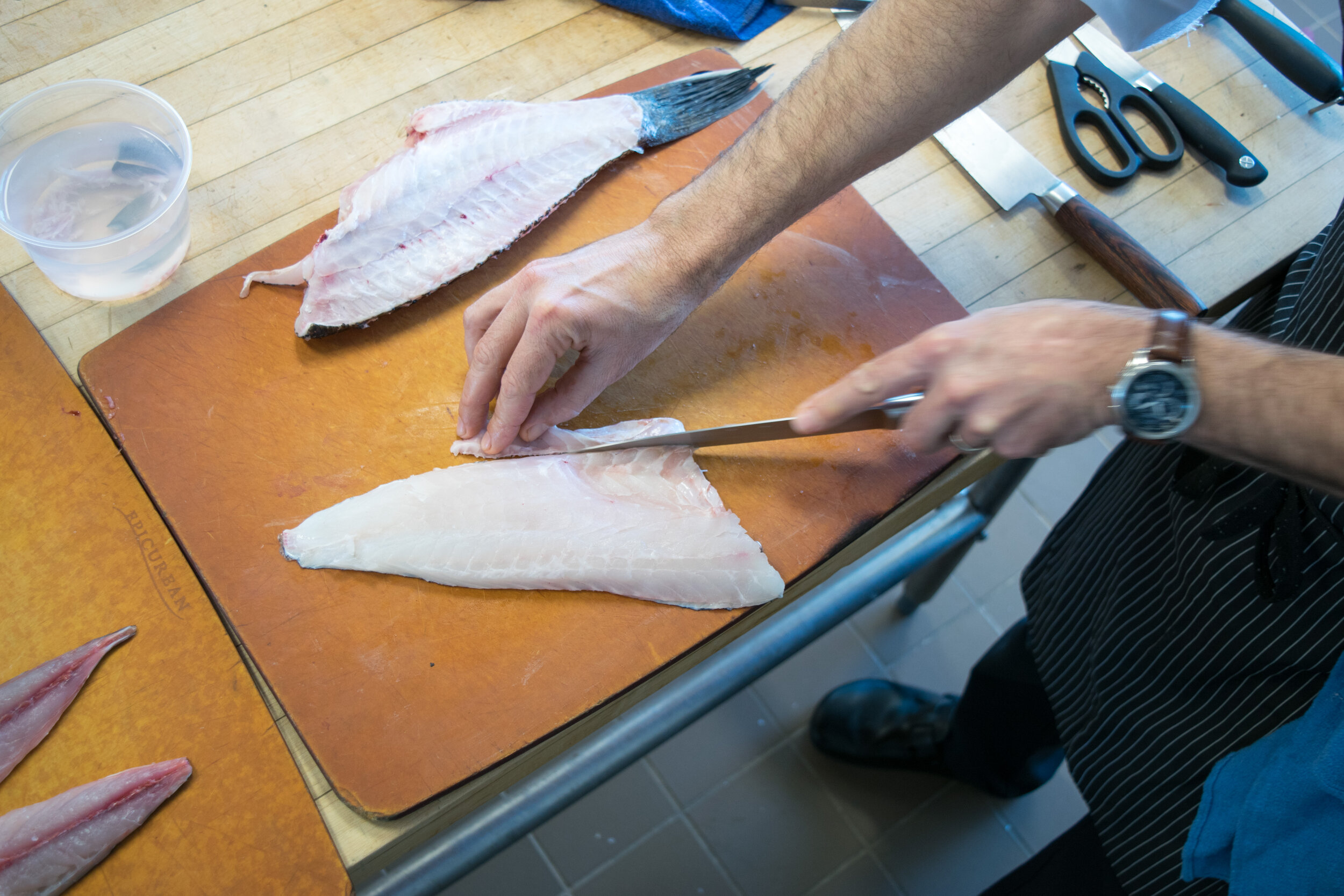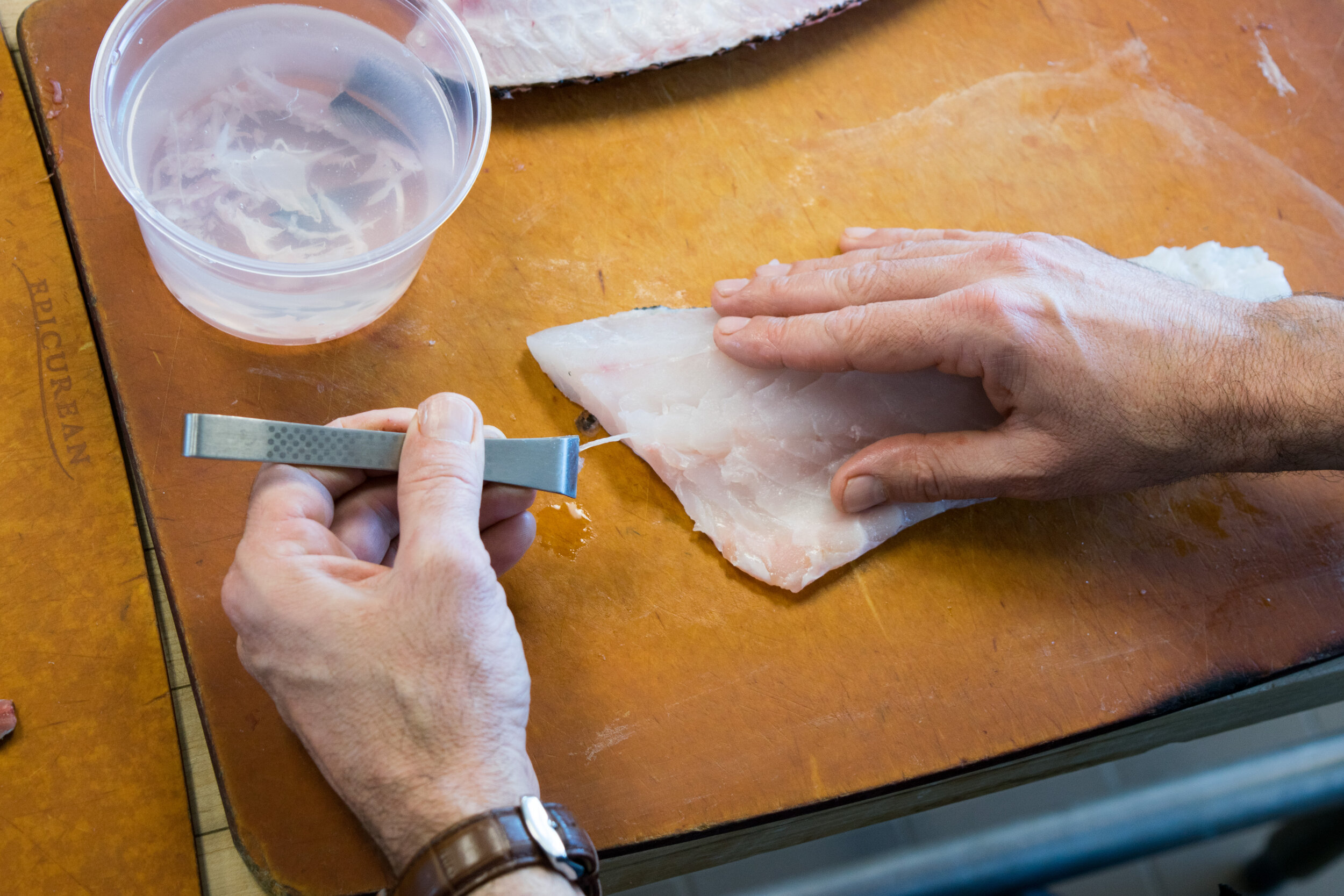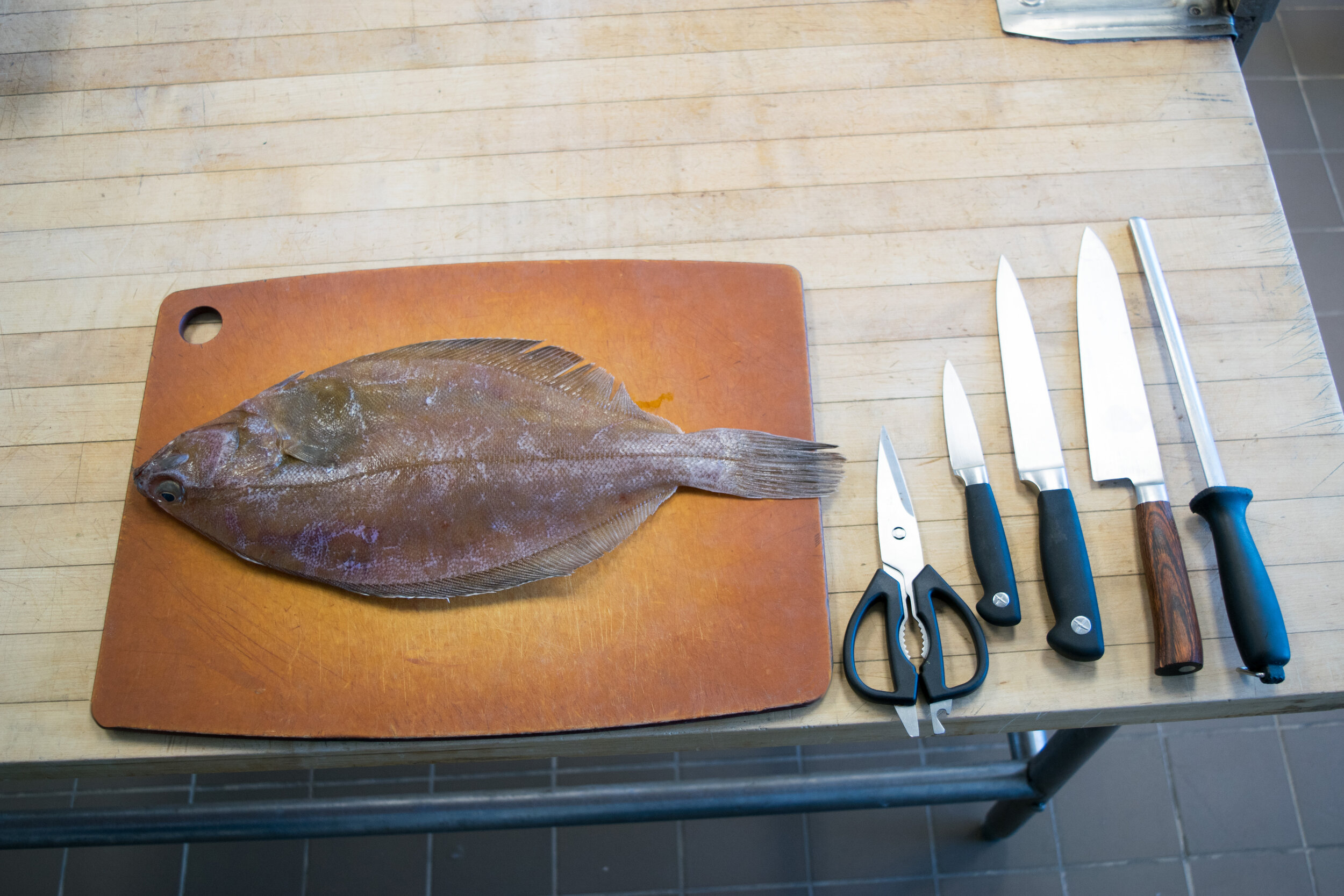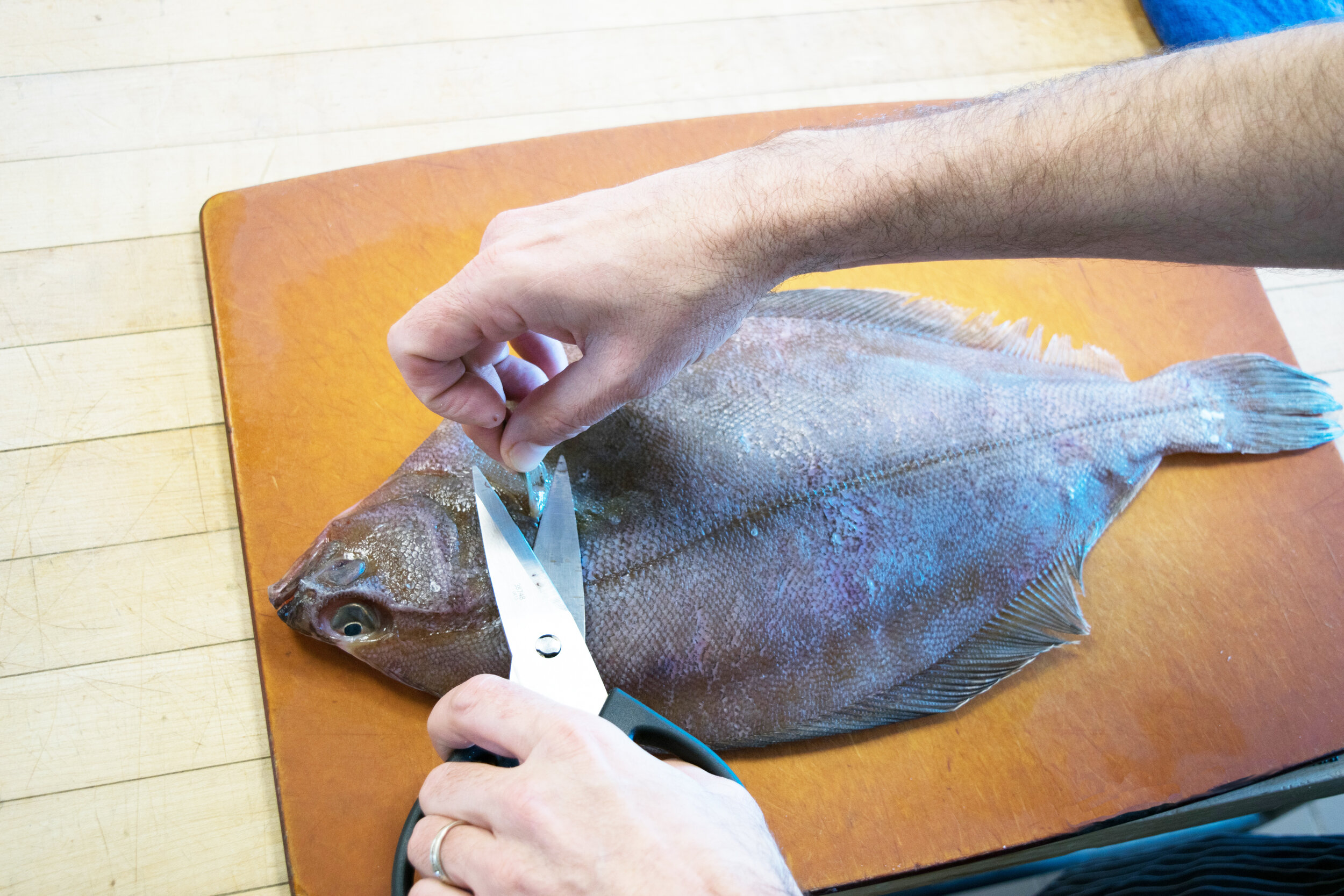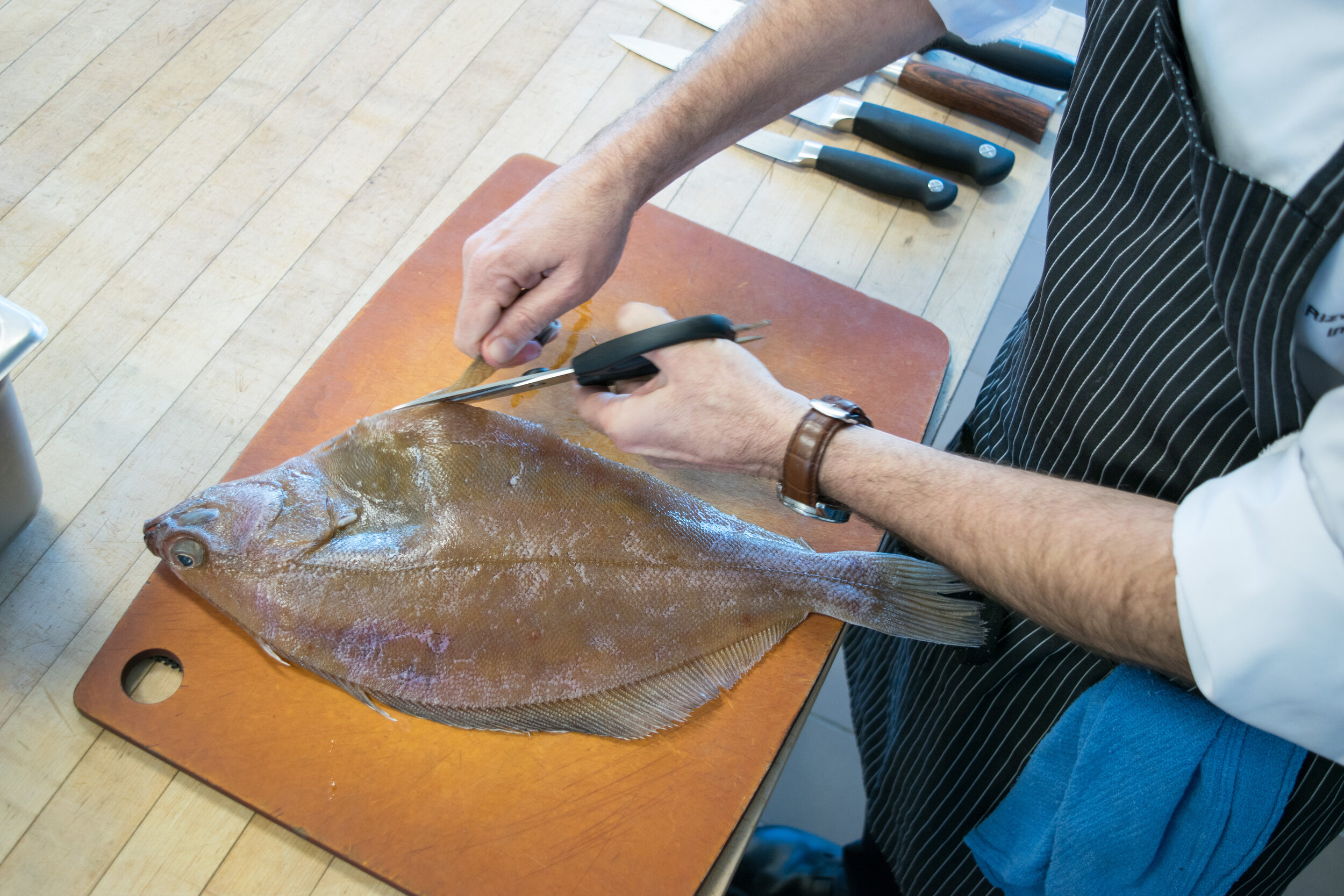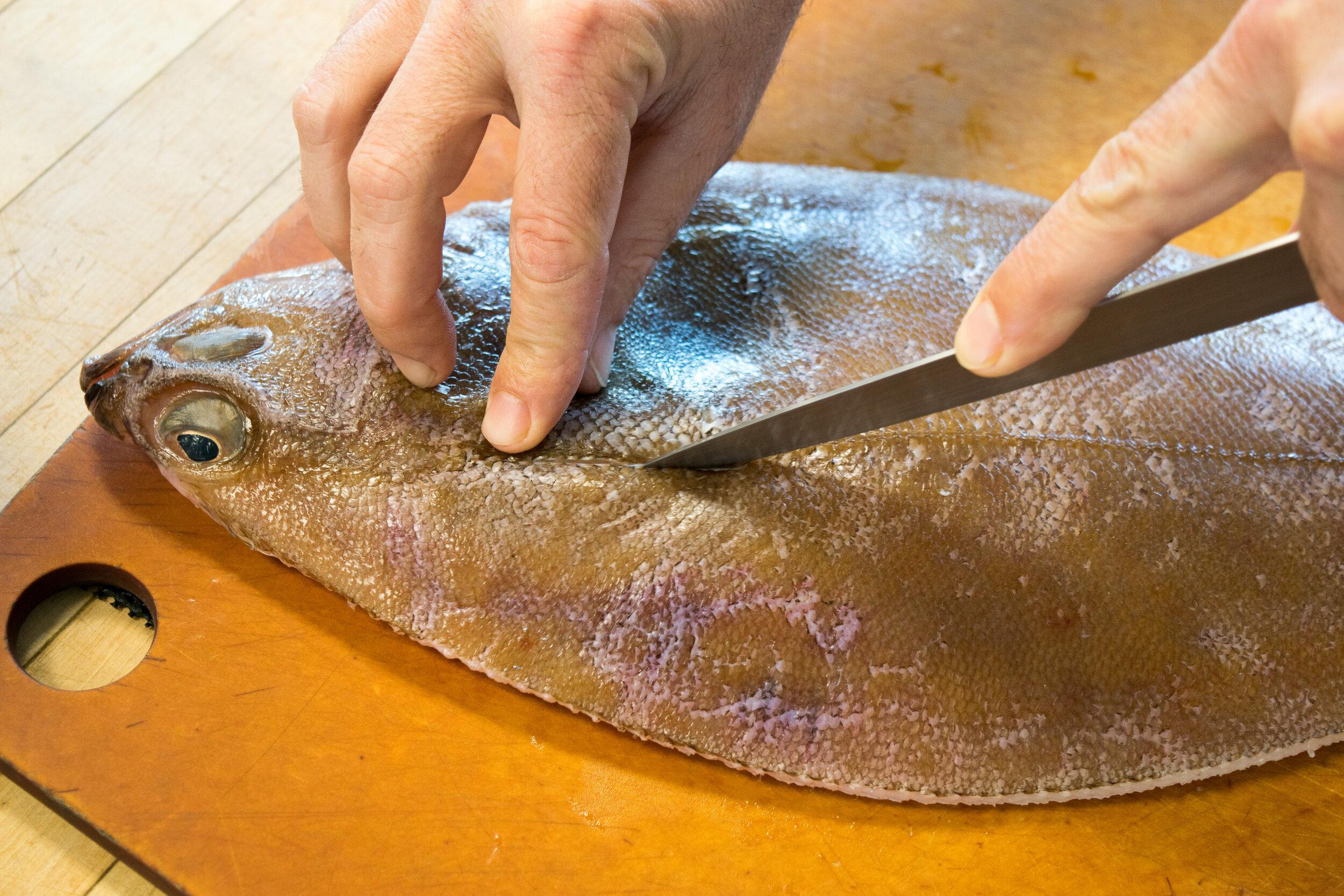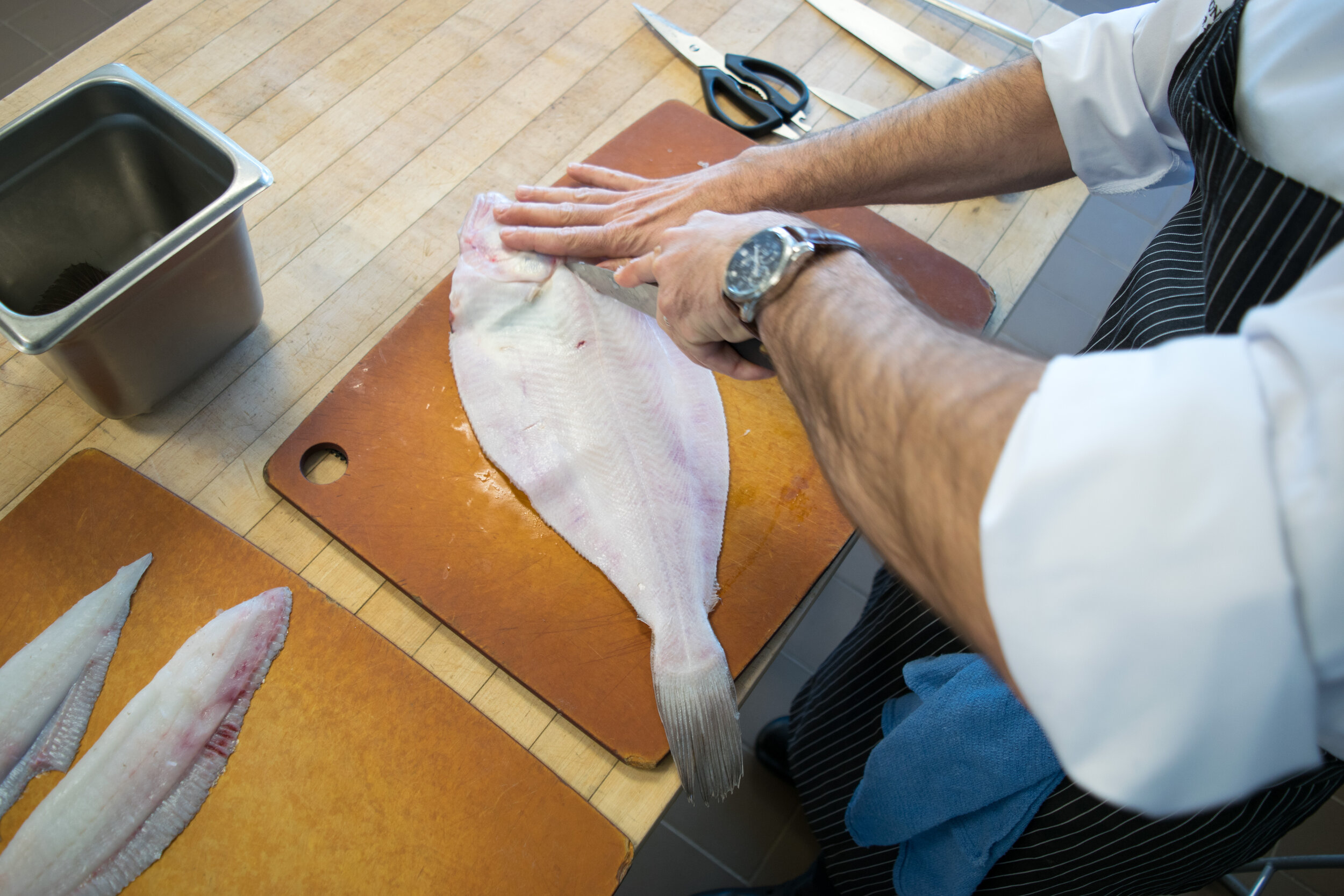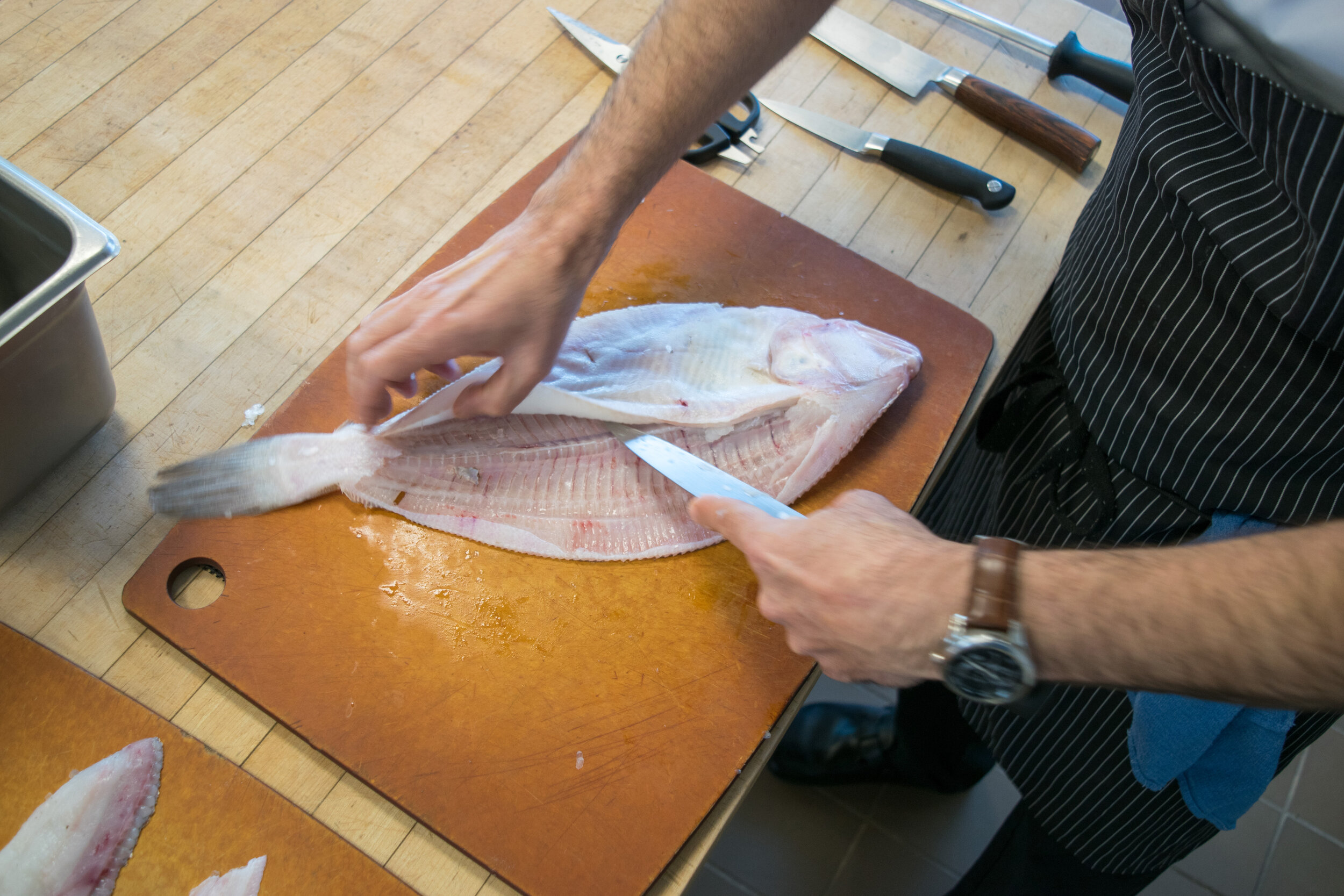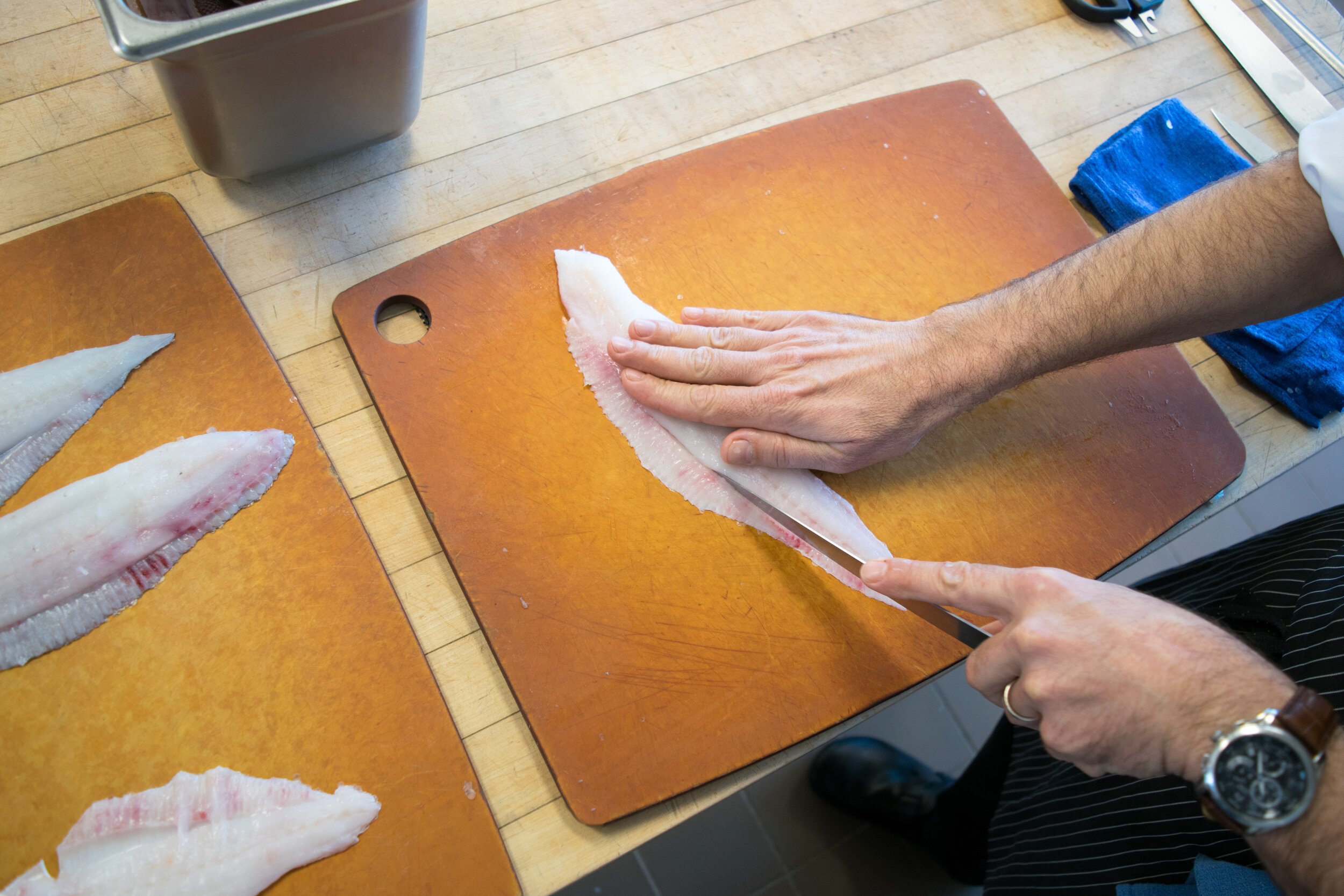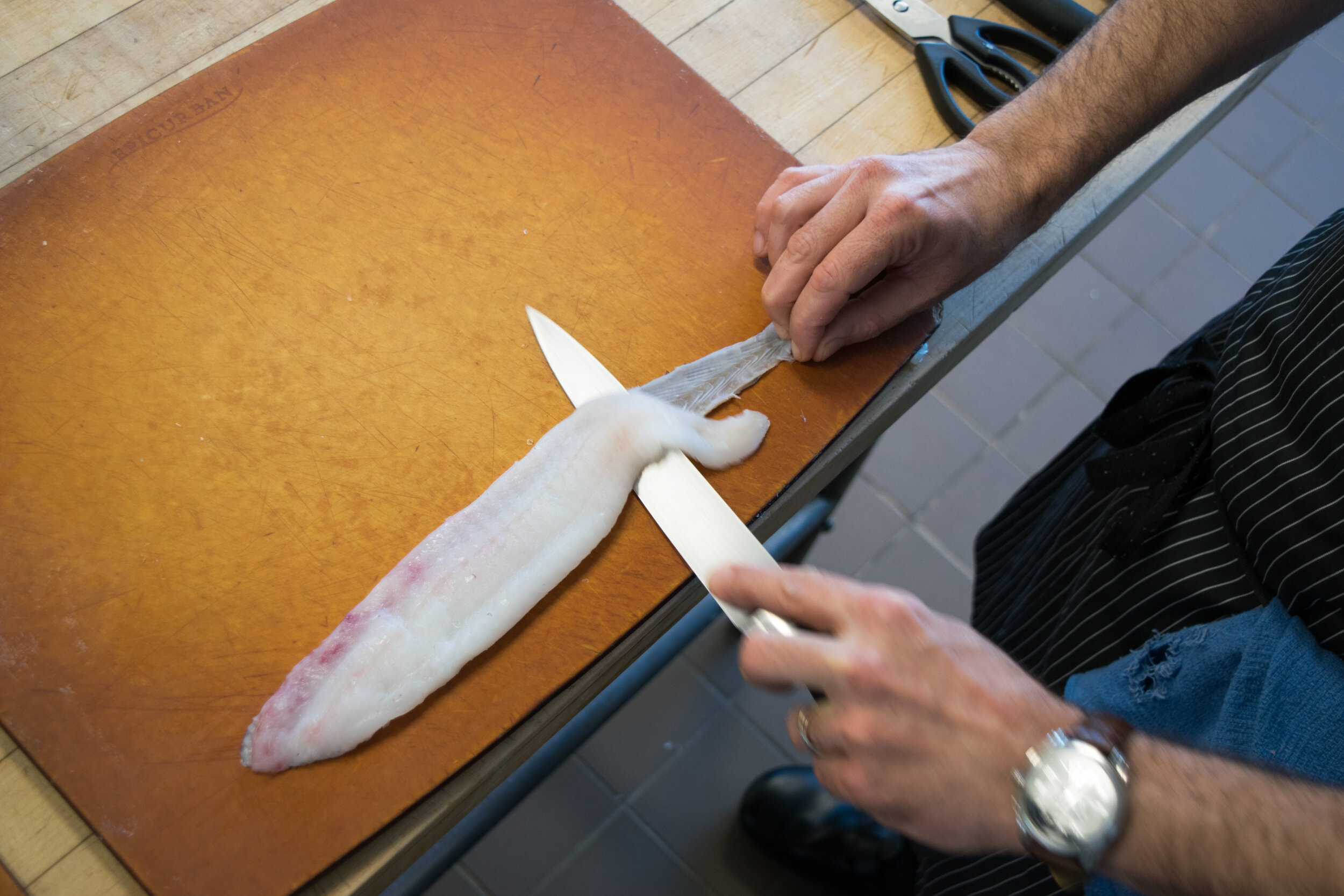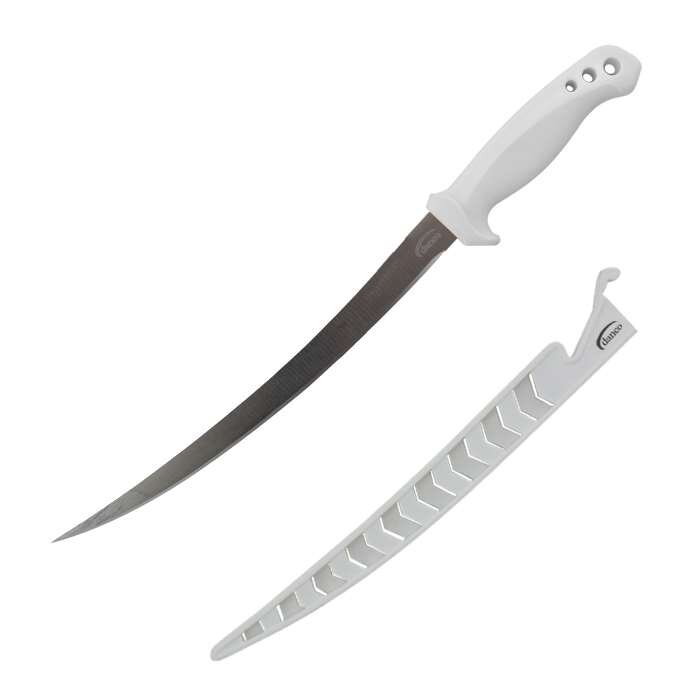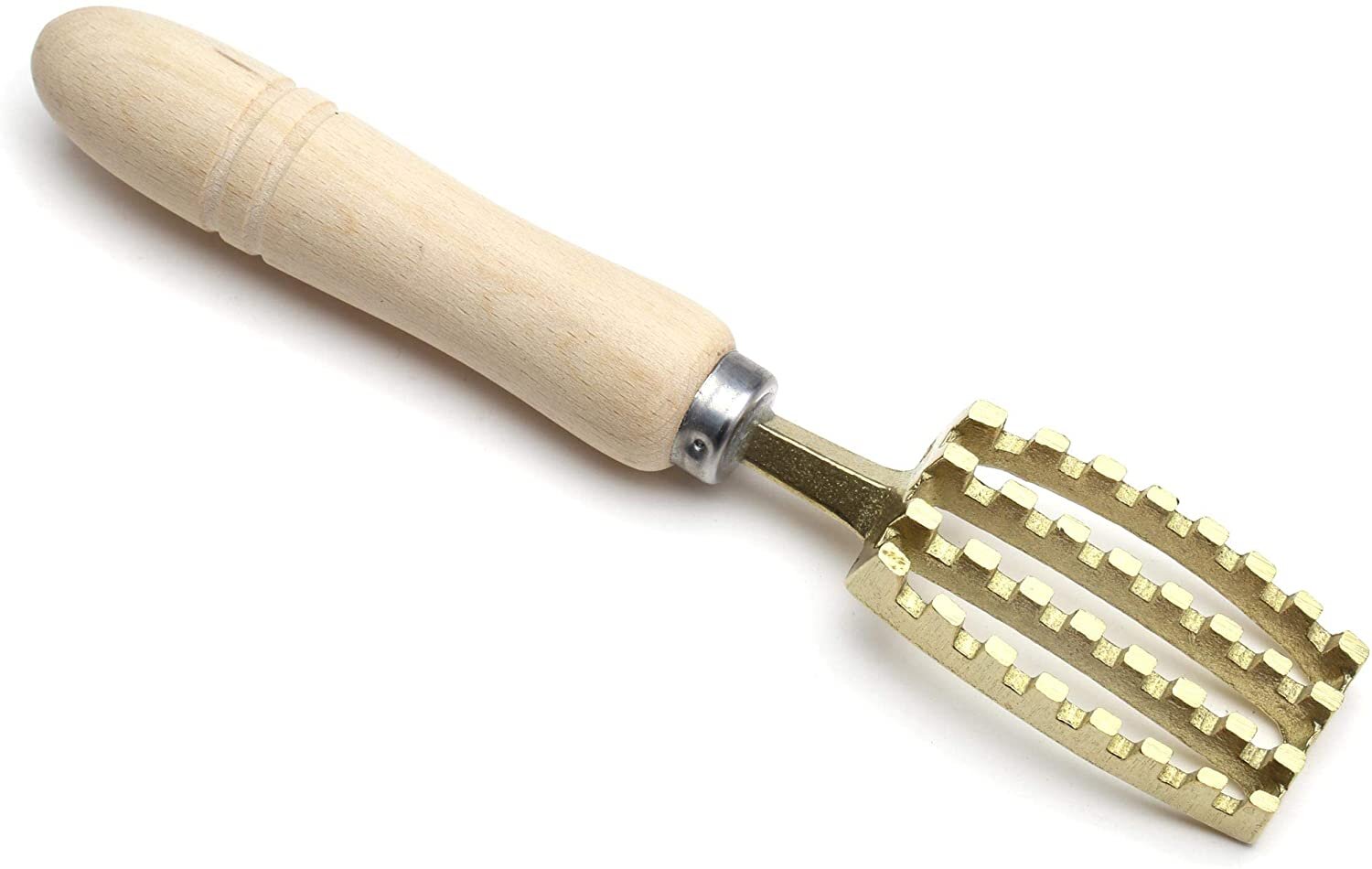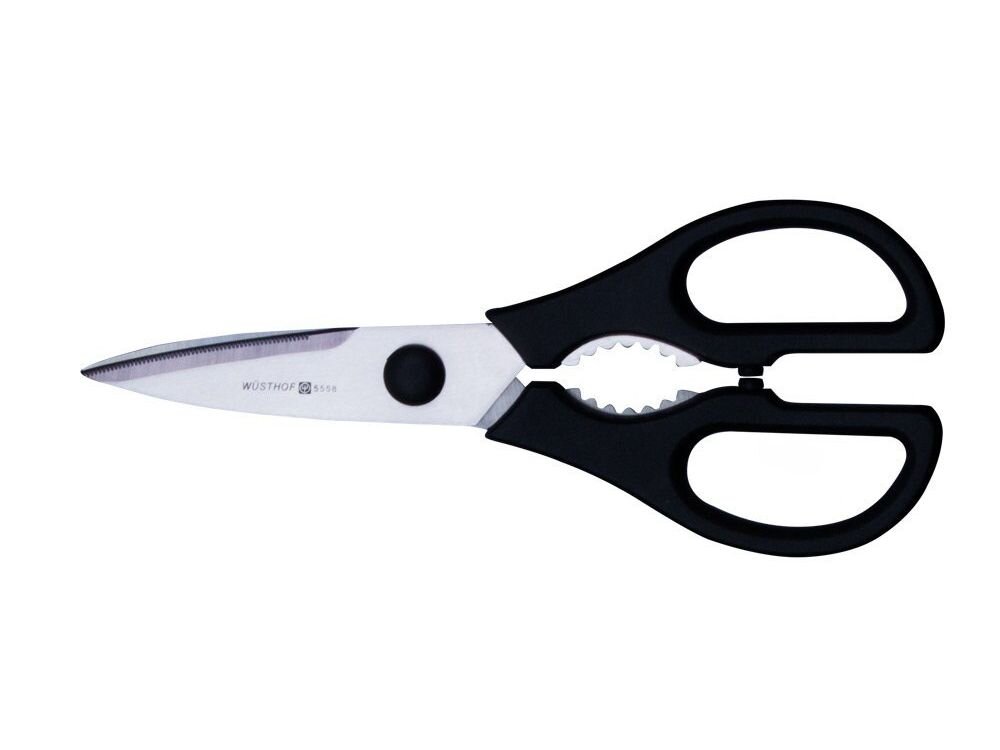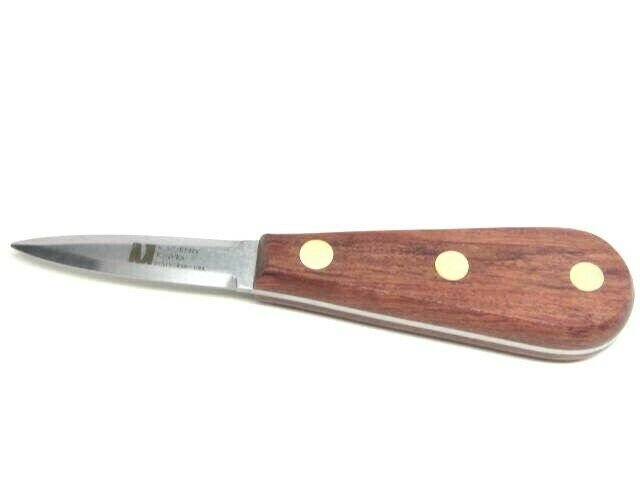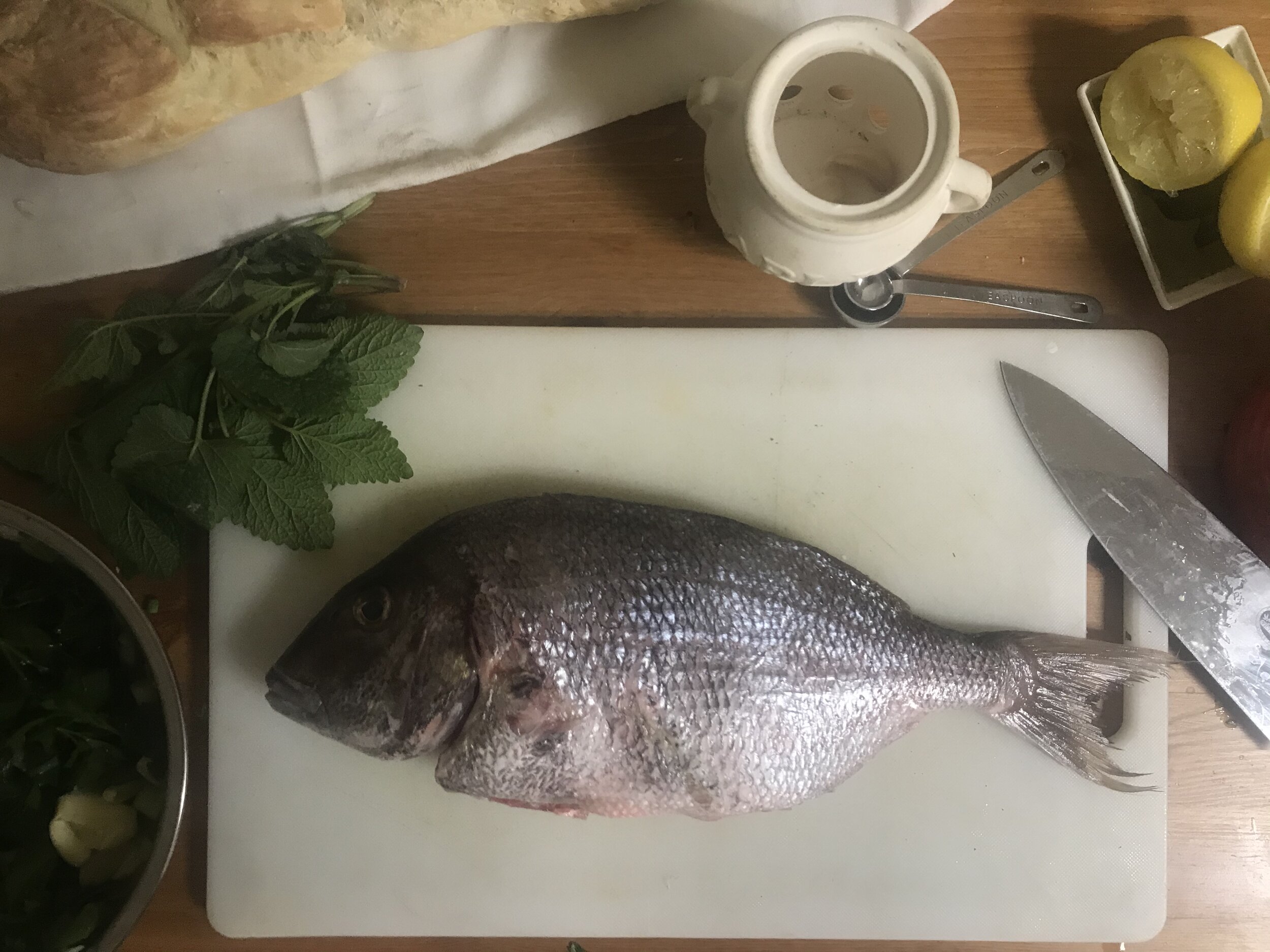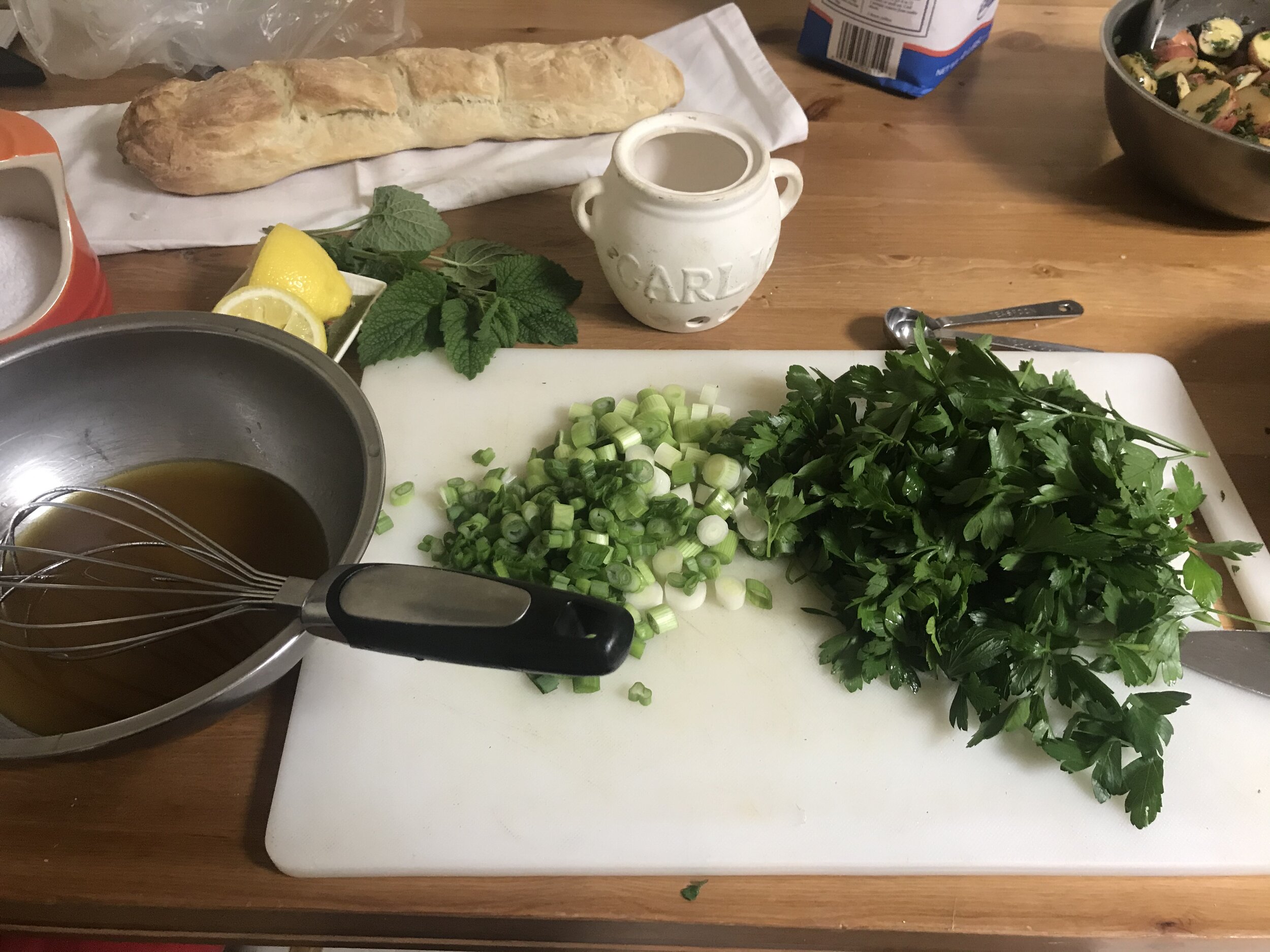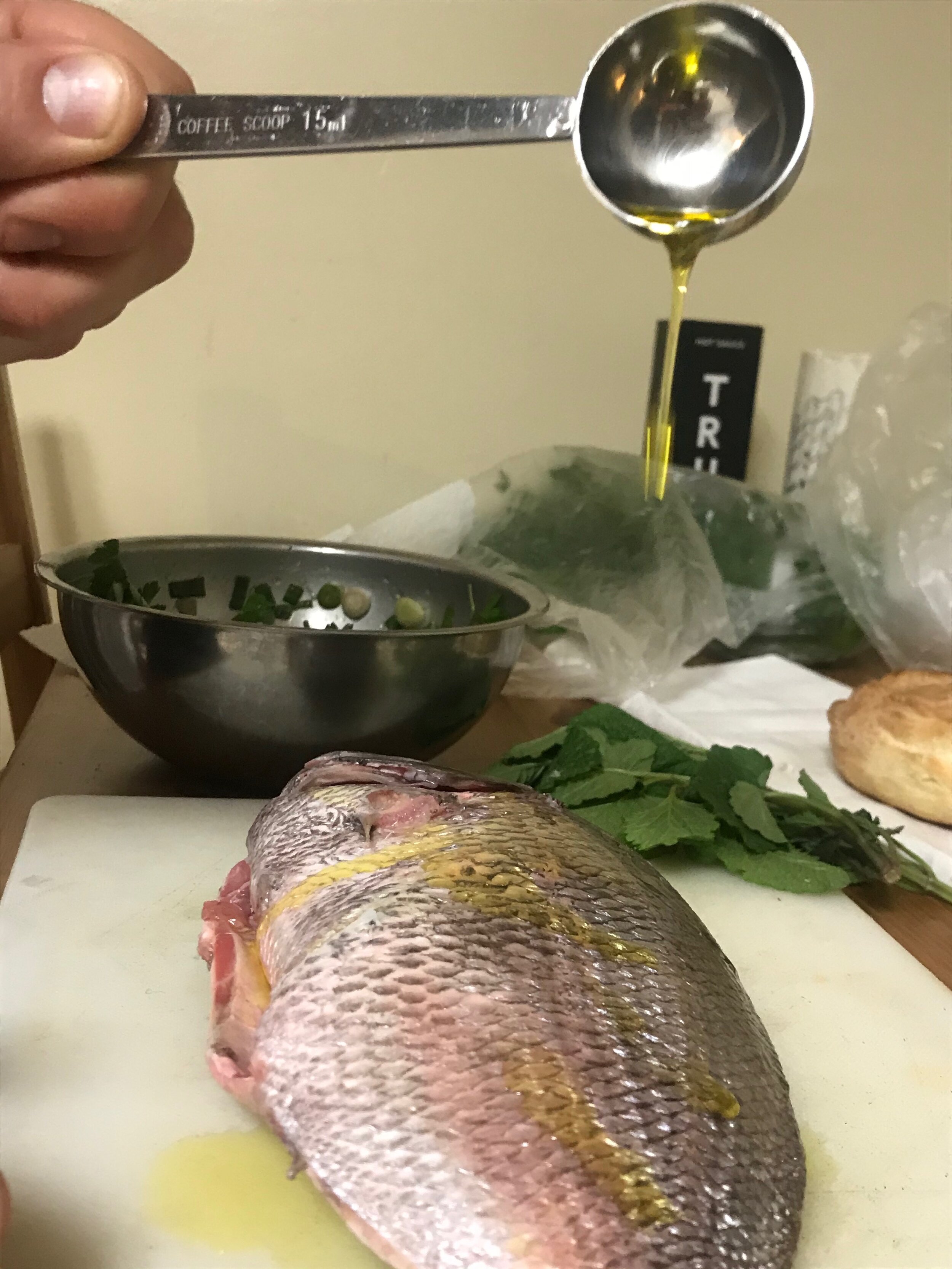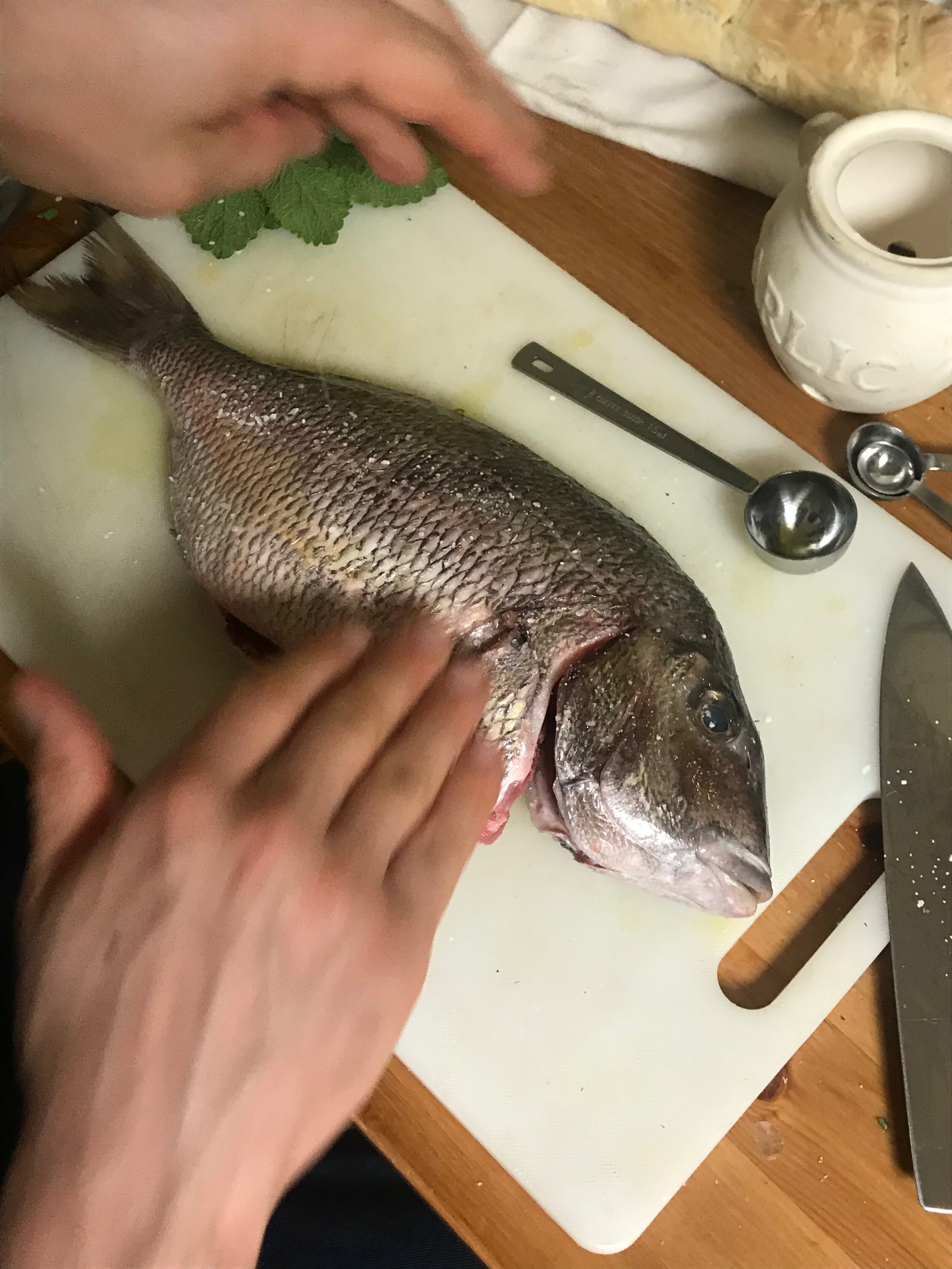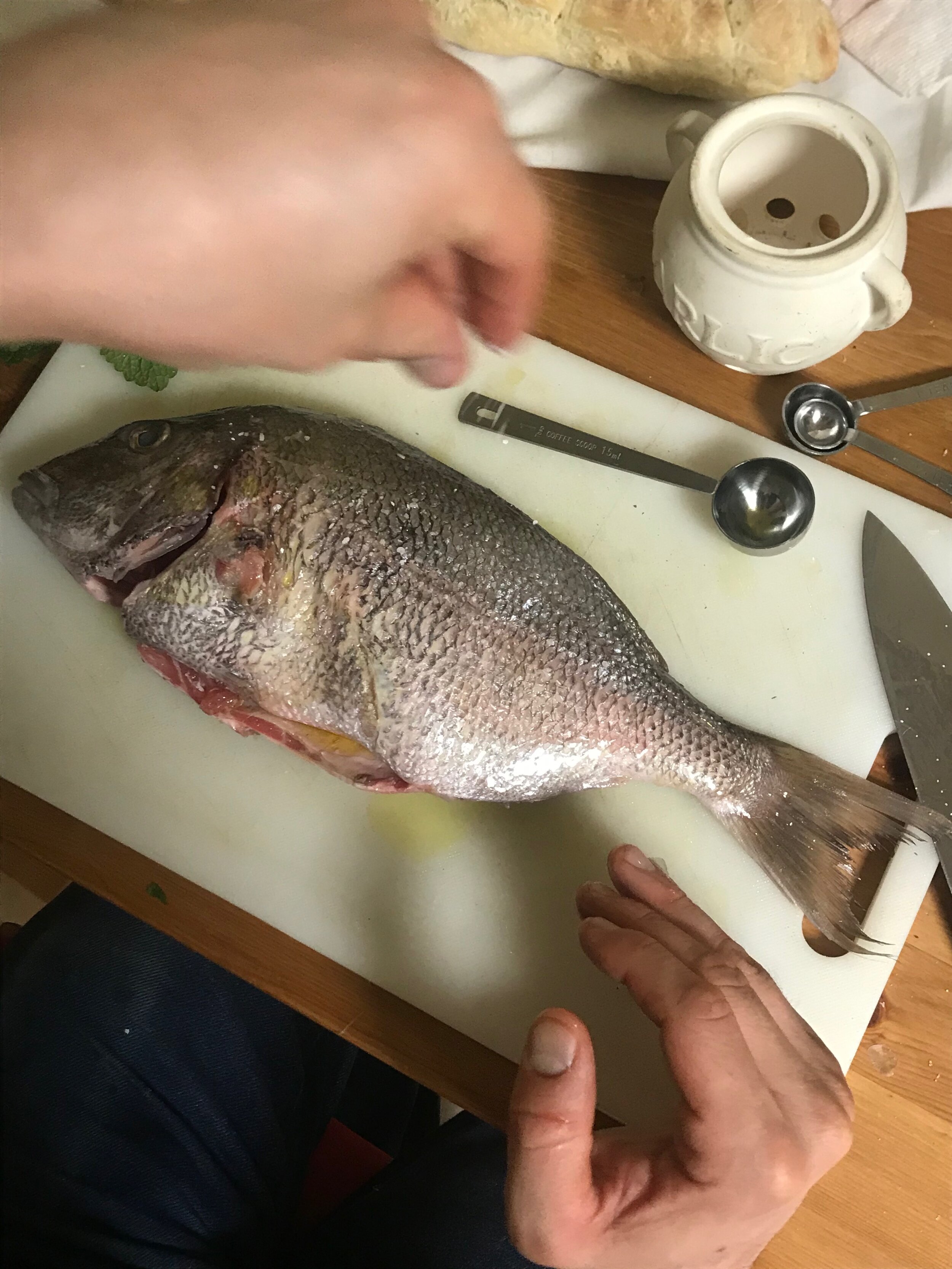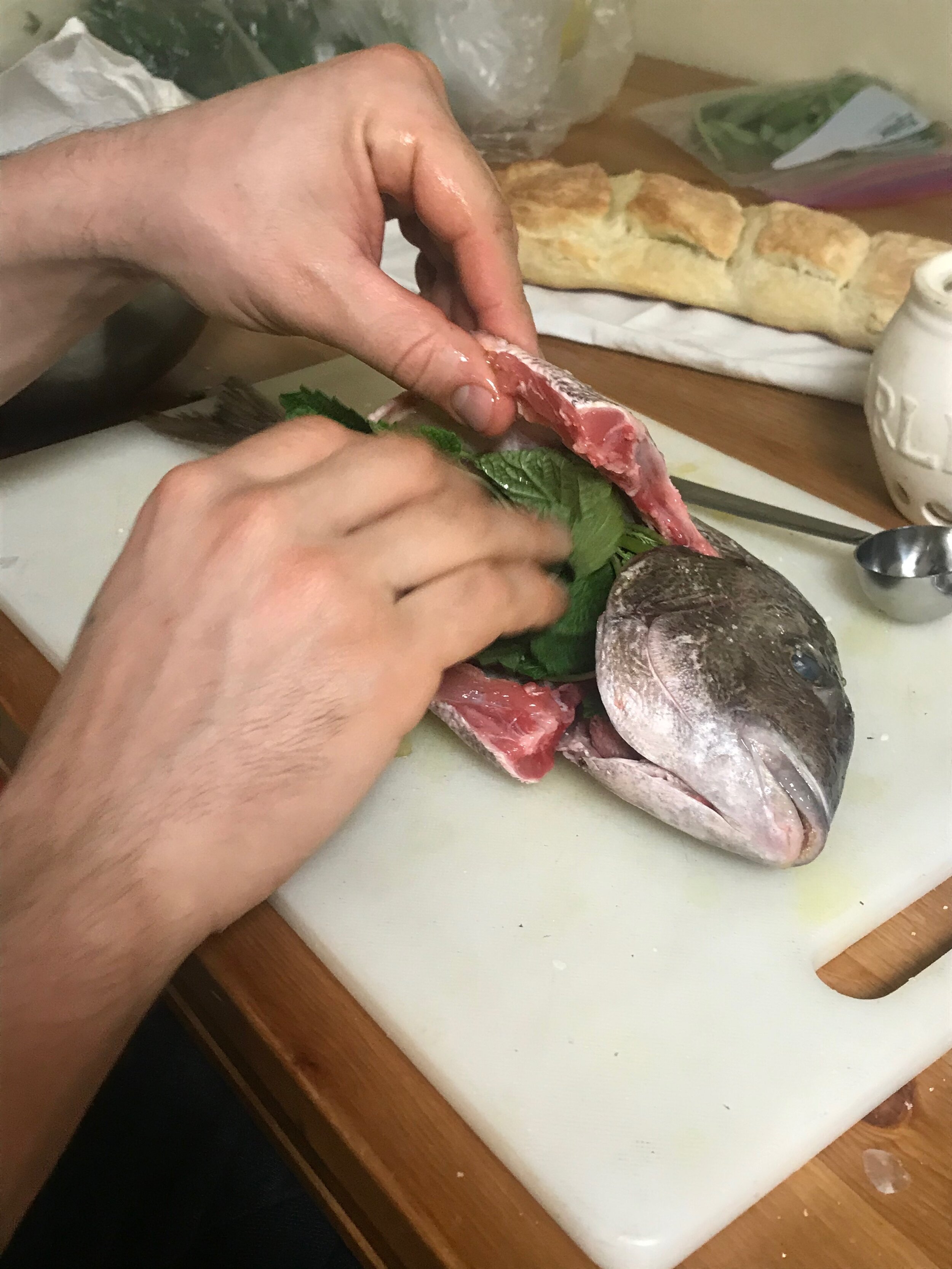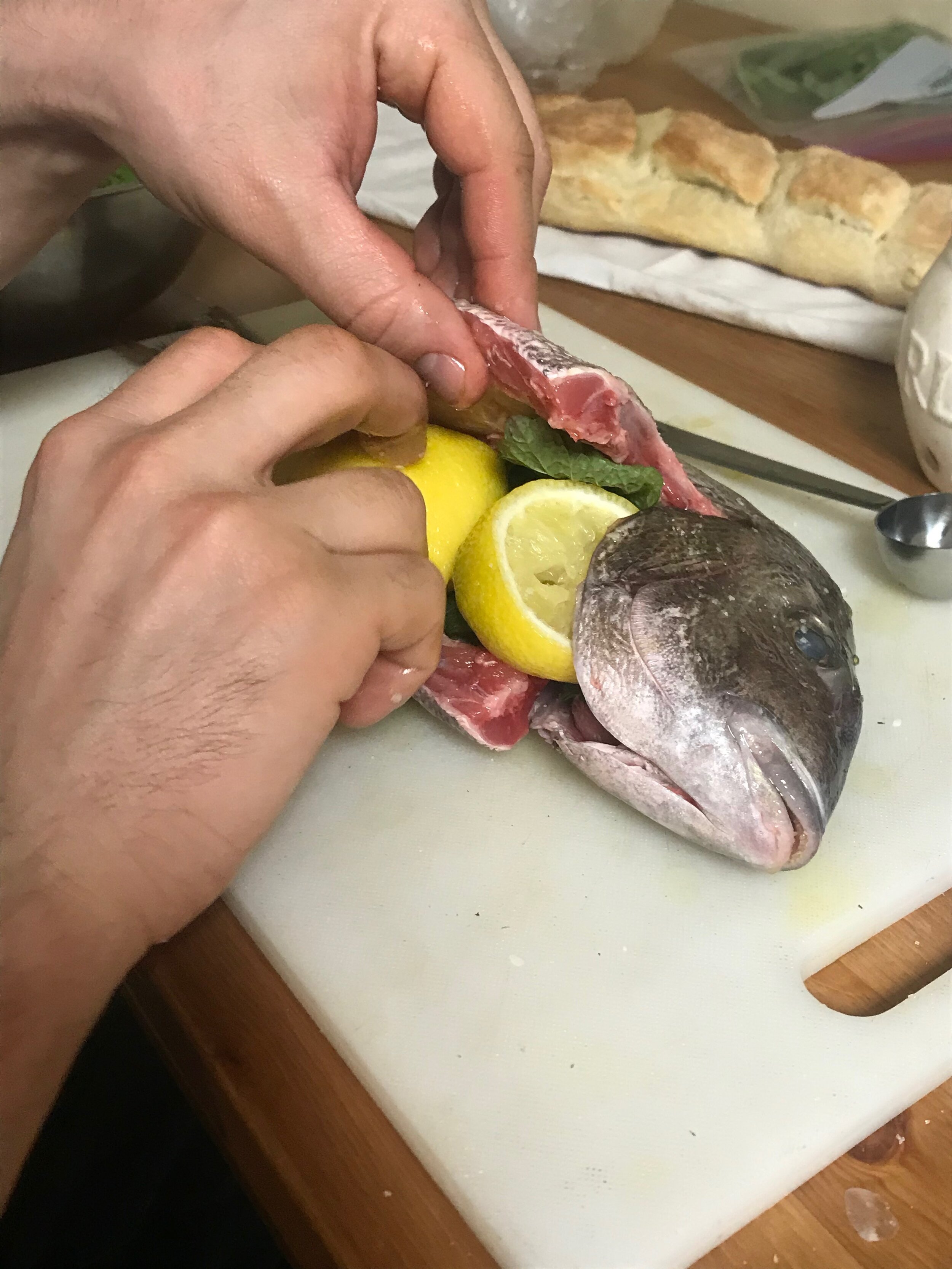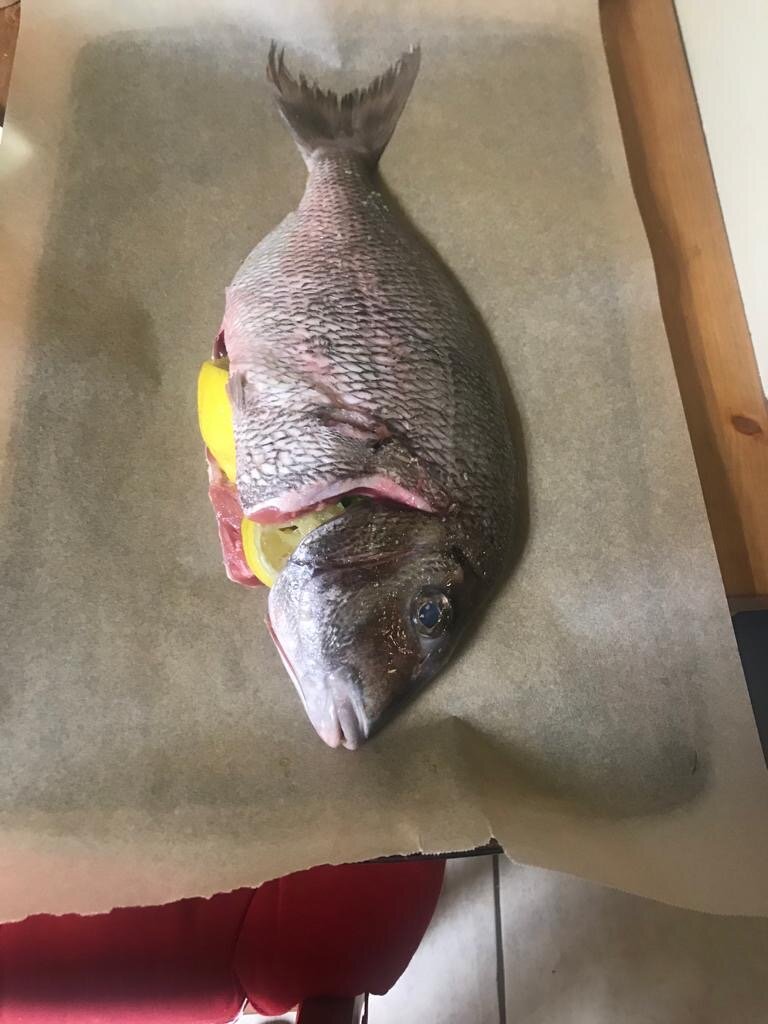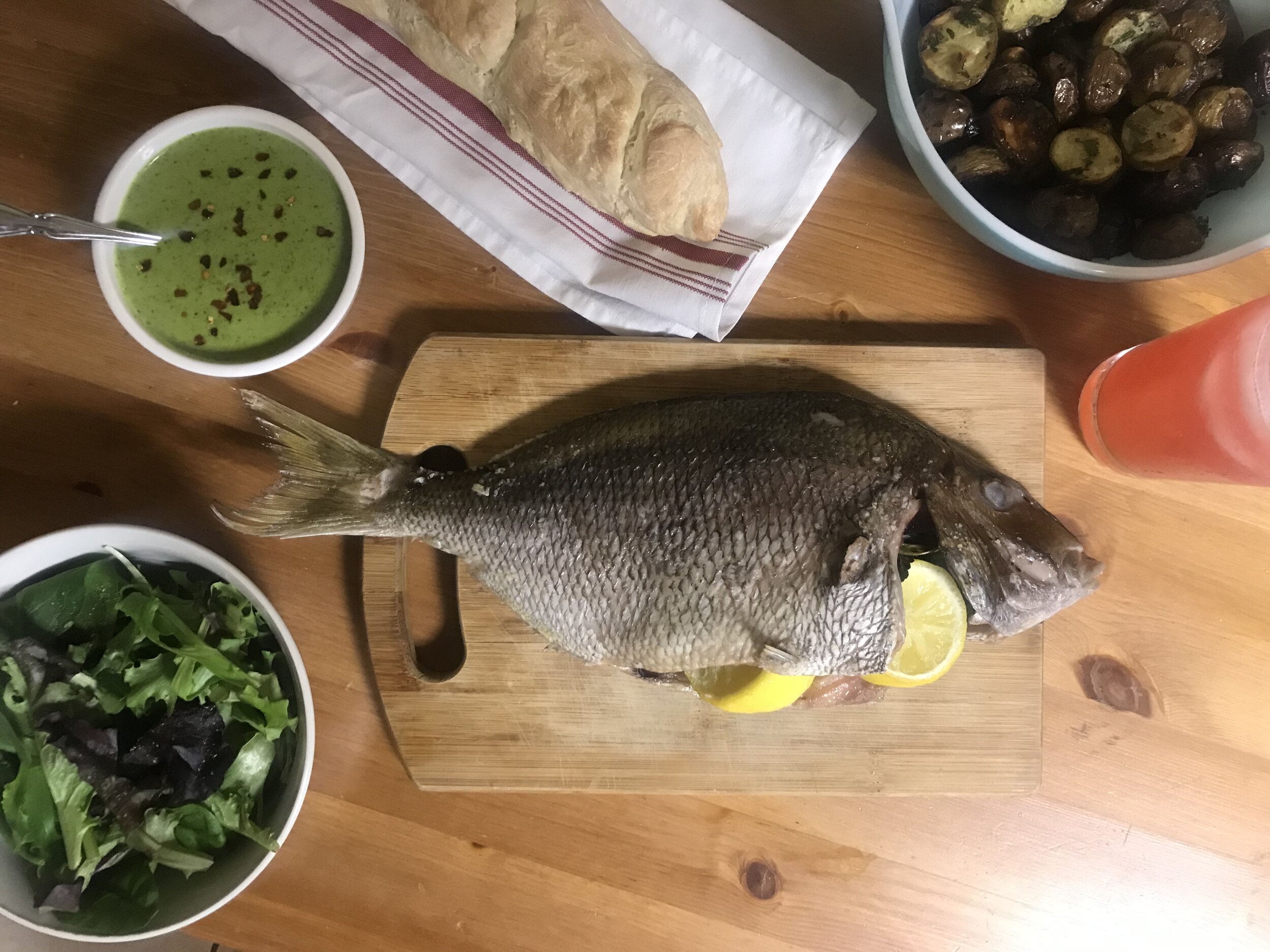Can I buy seafood directly from fishermen?
Yes! But certain restrictions apply and it varies by state. In May 2020, Rhode Island passed an emergency regulation allowing fishermen to sell seafood directly to consumers. This regulation is temporary, so take advantage of this opportunity while you can! However, buying seafood from a fisherman is a bit different from going to a seafood market. First, you may only buy from the fishermen at their boat. The exception to this rule is lobsters and crabs; for a limited time, fishermen are allowed to sell crustaceans in locations other than dockside. Second, all fish sold from the boat must be whole - so this a great time for you to brush up on your filleting skills or learn to cook with whole fish! Third, fishermen can only sell you lobsters, crabs, and certain species of finfish. They are not authorized to sell shellfish (quahogs, oysters, scallops), bluefish, tuna, or striped bass.
In Rhode Island, you can find fishermen selling seafood dockside in Point Judith, Newport, Westerly, Wickford, Bristol, Block Island, and elsewhere. Fishermen usually return from their trips sometime between midday and afternoon, and you are less likely to find fresh catch available on windy days. To find out who’s selling dockside near you, consult the FishLine app, RI Seafood, or New England Seafoodies. Many fishermen also post daily updates on their Facebook pages.
When you visit the dock, you may see people or signs directing traffic to ensure that social distancing practices are followed. In busier ports, you may be expected to stay in your car and pop the trunk, and on some days, car lines may form. Leave plenty of time and remember that unless you pre-order seafood from a fisherman, it is not guaranteed that you will be able to find the species you are looking for. To make the most of your trip, treat dockside seafood sales as an adventure that is just as much about meeting and supporting your local fishermen as it is about purchasing seafood.
Can I pre-order a specific species?
Many fishmongers are happy to try to locate specific species for you if you give them advance notice. Just call and let them know what you’re looking for, and ask them if you can place a pre-order. You may also be able to place advance orders by forming relationships with fishermen who are participating in the dockside sales program. Just keep in mind that nature is variable and fishing is weather-dependent. There are no guarantees that you will find the species you are looking for, even if you plan ahead.
What if I can’t find the species I want?
If you are unable to find the specific species you are looking for, you can usually substitute another species. There are over a hundred edible species in New England waters, and many of them share similar body shapes, sizes, flavors, and textures, and can be substituted in cooking. For example, if your recipe calls for a fluke (summer flounder) and you can’t find it, try swapping in another flounder (flatfish) such as winter flounder, blackback flounder, lemon sole, yellowtail flounder, plaice, dabs, grey sole, witch flounder, windowpane flounder, or brill (some of these names are synonyms for the same species). Or if your recipe calls for cod, you can use pollock, haddock, or hake instead. Go to www.eatingwiththeecosystem.org/recipes to view recipes categorized by fish type.




